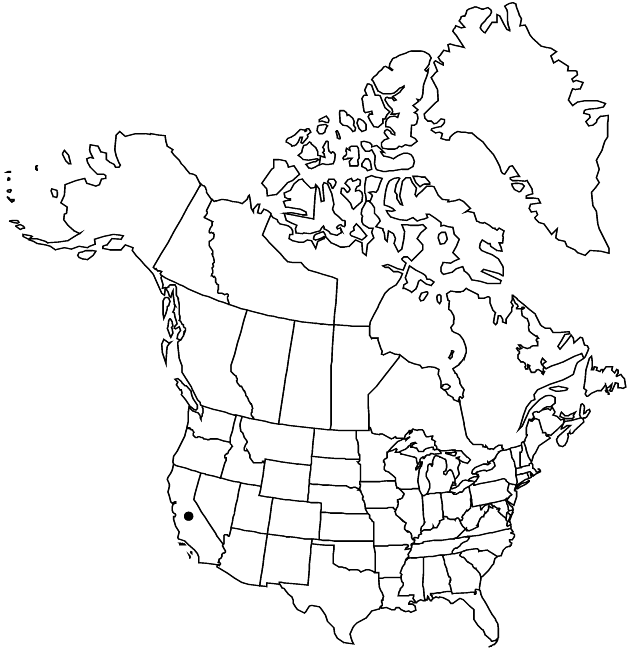Difference between revisions of "Centromadia parryi subsp. parryi"
FNA>Volume Importer |
imported>Volume Importer |
||
| (2 intermediate revisions by 2 users not shown) | |||
| Line 43: | Line 43: | ||
|publication year= | |publication year= | ||
|special status= | |special status= | ||
| − | |source xml=https:// | + | |source xml=https://bitbucket.org/aafc-mbb/fna-data-curation/src/2e0870ddd59836b60bcf96646a41e87ea5a5943a/coarse_grained_fna_xml/V19-20-21/V21_682.xml |
|tribe=Asteraceae tribe Heliantheae | |tribe=Asteraceae tribe Heliantheae | ||
|subtribe=Asteraceae (tribe Heliantheae) subtribe Madiinae | |subtribe=Asteraceae (tribe Heliantheae) subtribe Madiinae | ||
Latest revision as of 20:13, 5 November 2020
Leaves (and peduncular bracts) ± hirsute to hirtellous, usually coarsely, sometimes sparsely, glandular (glands yellow, sessile or stipitate). Involucres 5–10 mm. Paleae lacking purple lines. Ray corolla laminae 3–5(–6) mm. Anthers yellow or brownish. 2n = 24.
Phenology: Flowering Jun–Oct.
Habitat: Grasslands (often ± alkaline), coastal salt marshes, alkaline springs and seeps
Elevation: 0–400 m
Discussion
Of conservation concern.
Subspecies parryi occurs in the northern San Francisco Bay area and southern North Coast Ranges. Putative natural hybrids between Centromadia parryi subsp. parryi and C. parryi subsp. rudis have been noted (e.g., D. D. Keck 2598, UC, from Sonoma County).
Selected References
None.
Lower Taxa
None.
